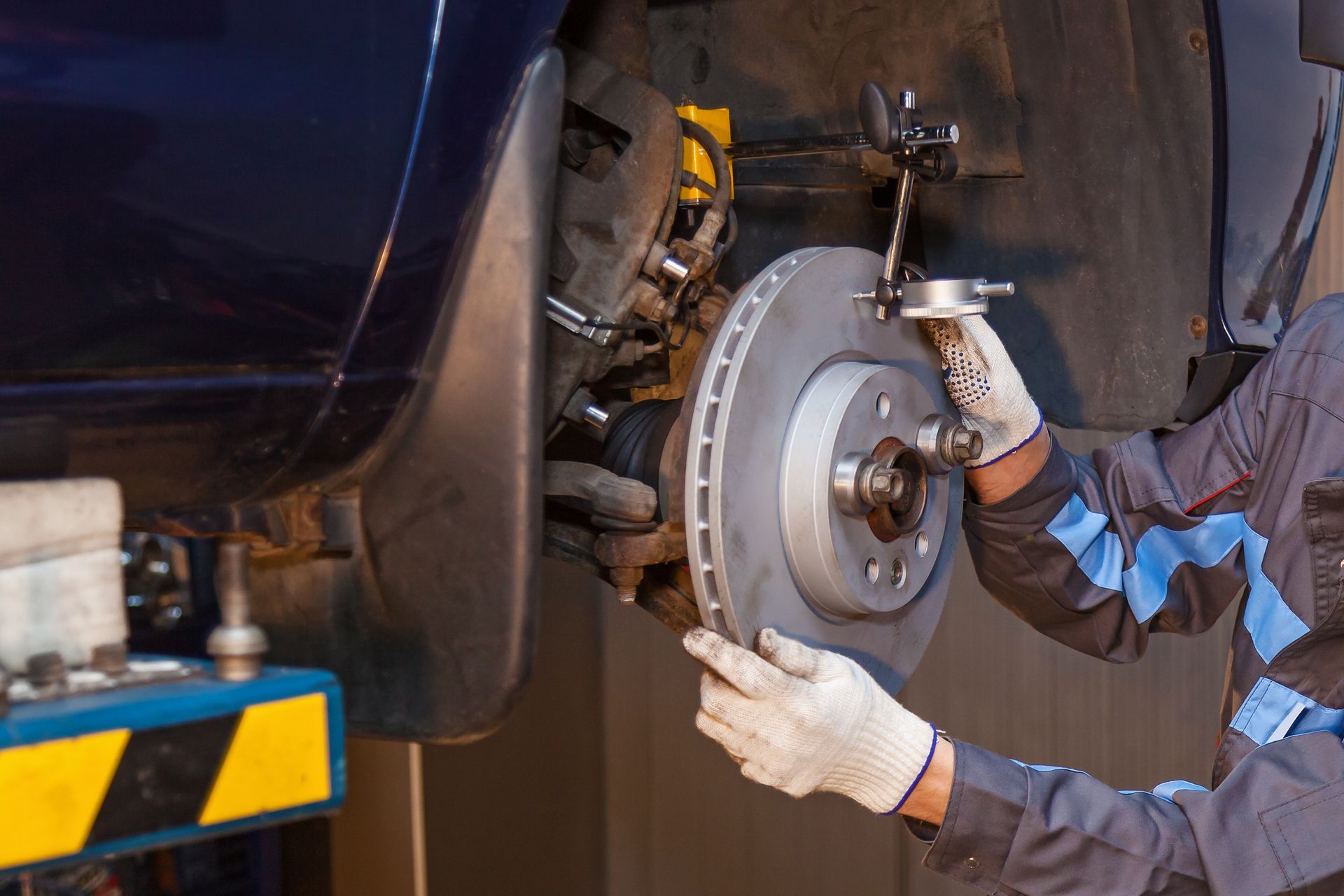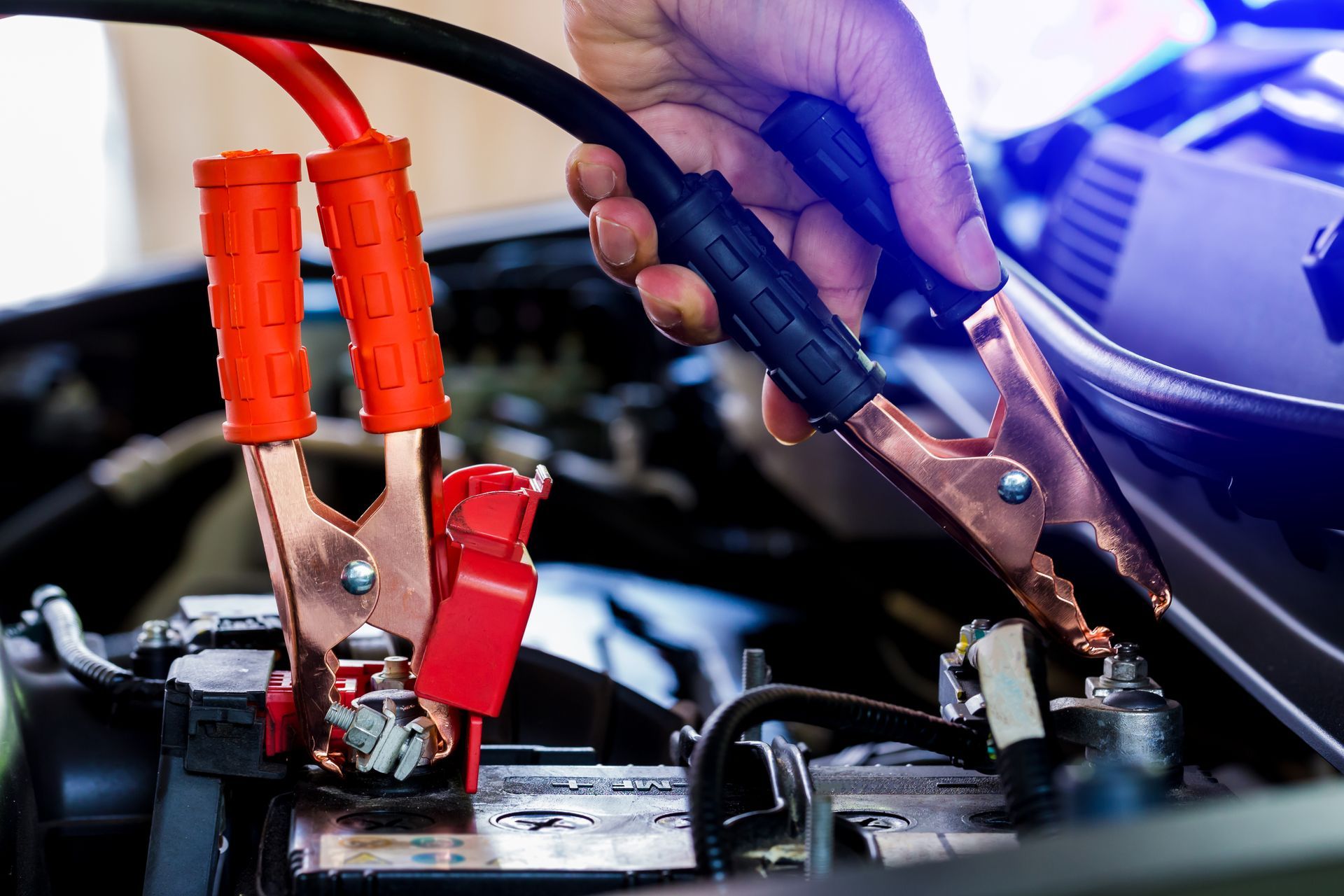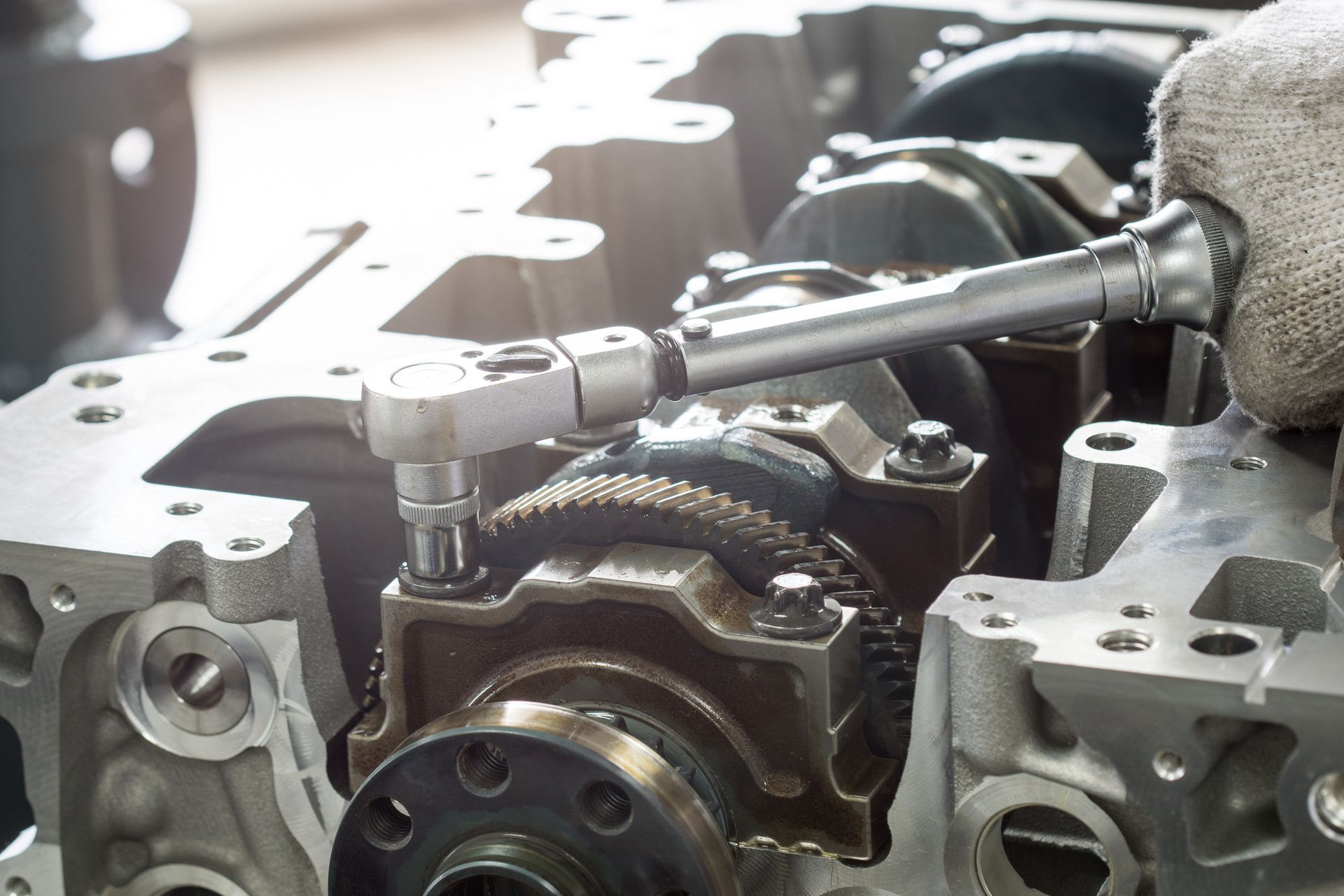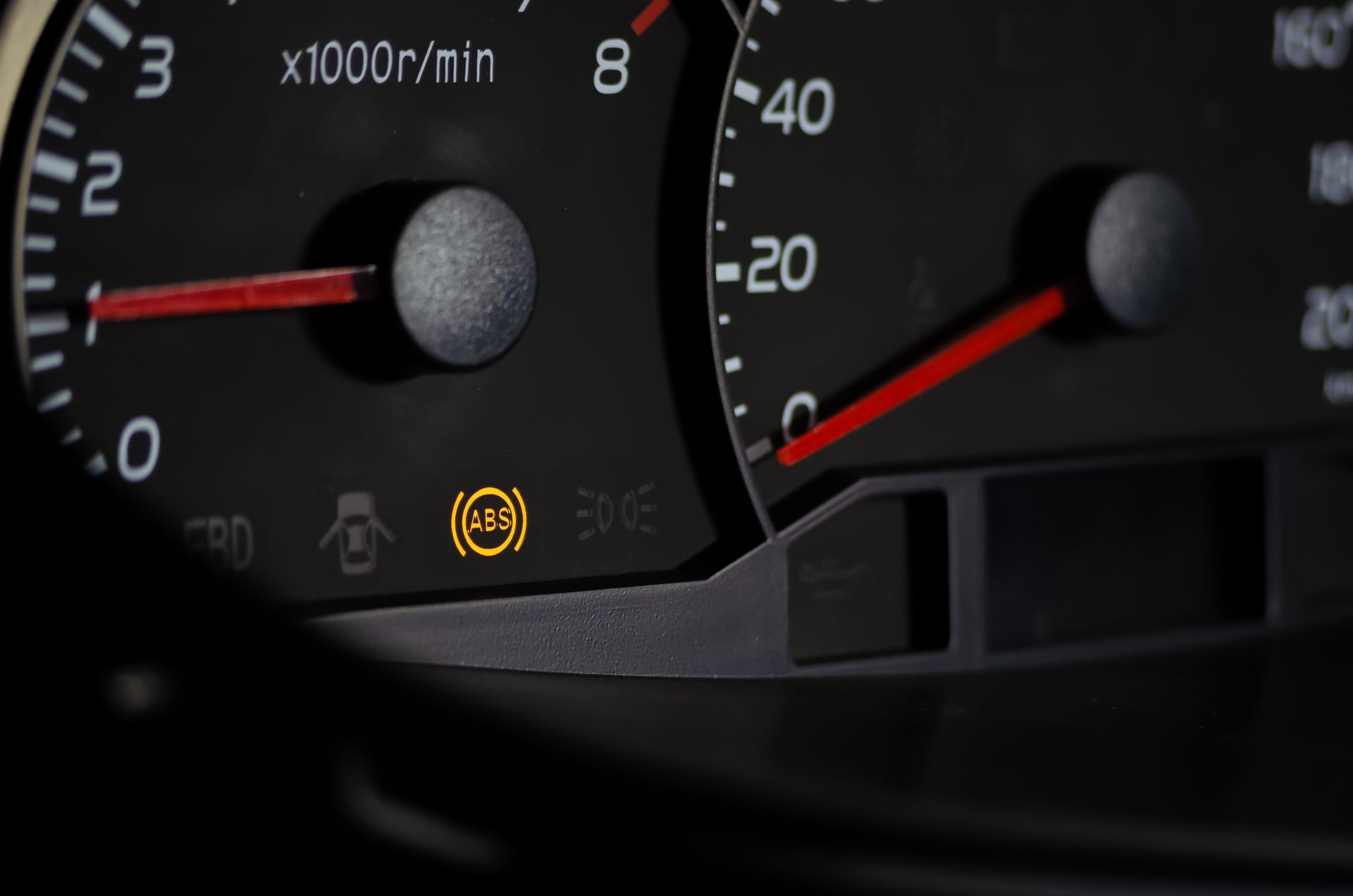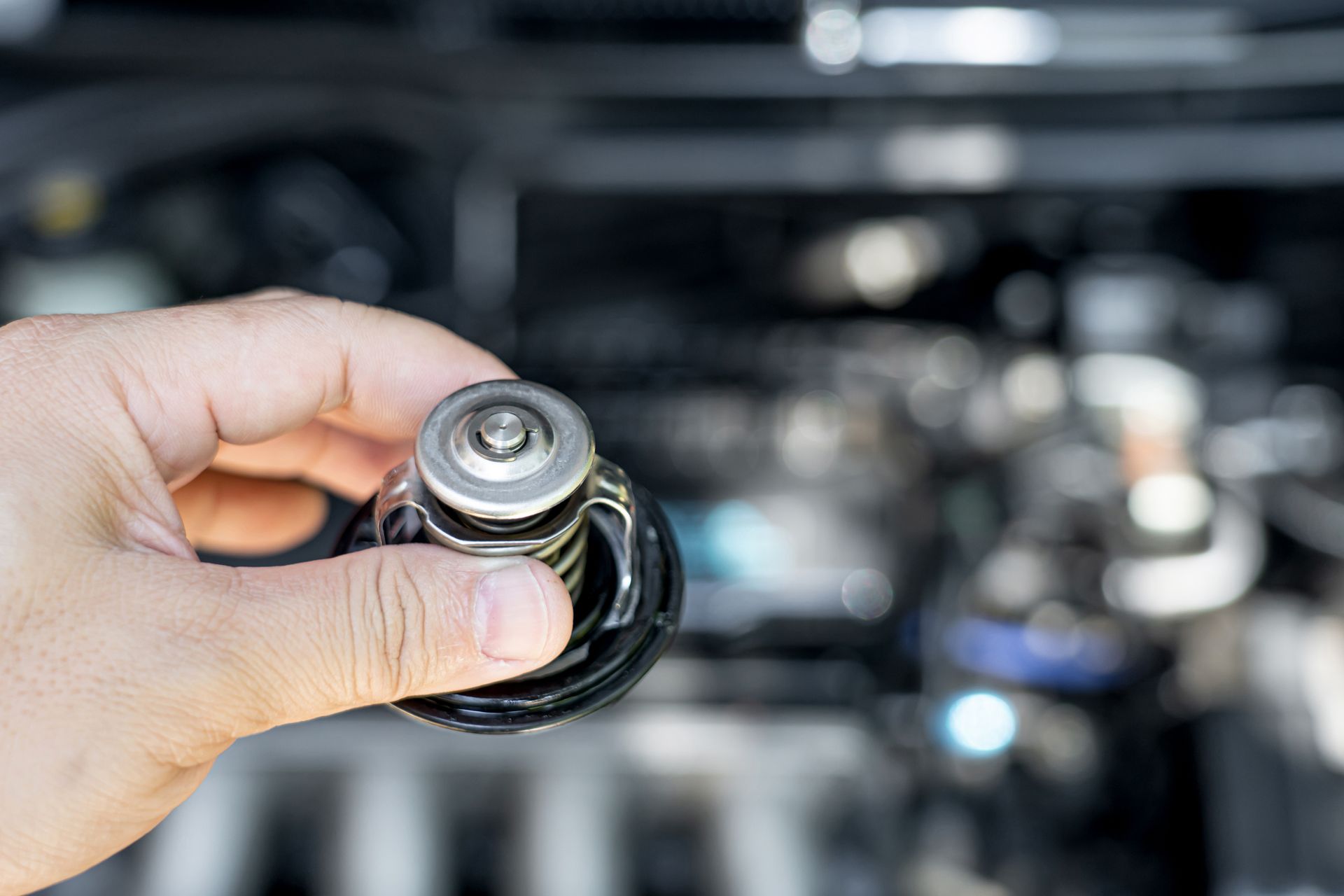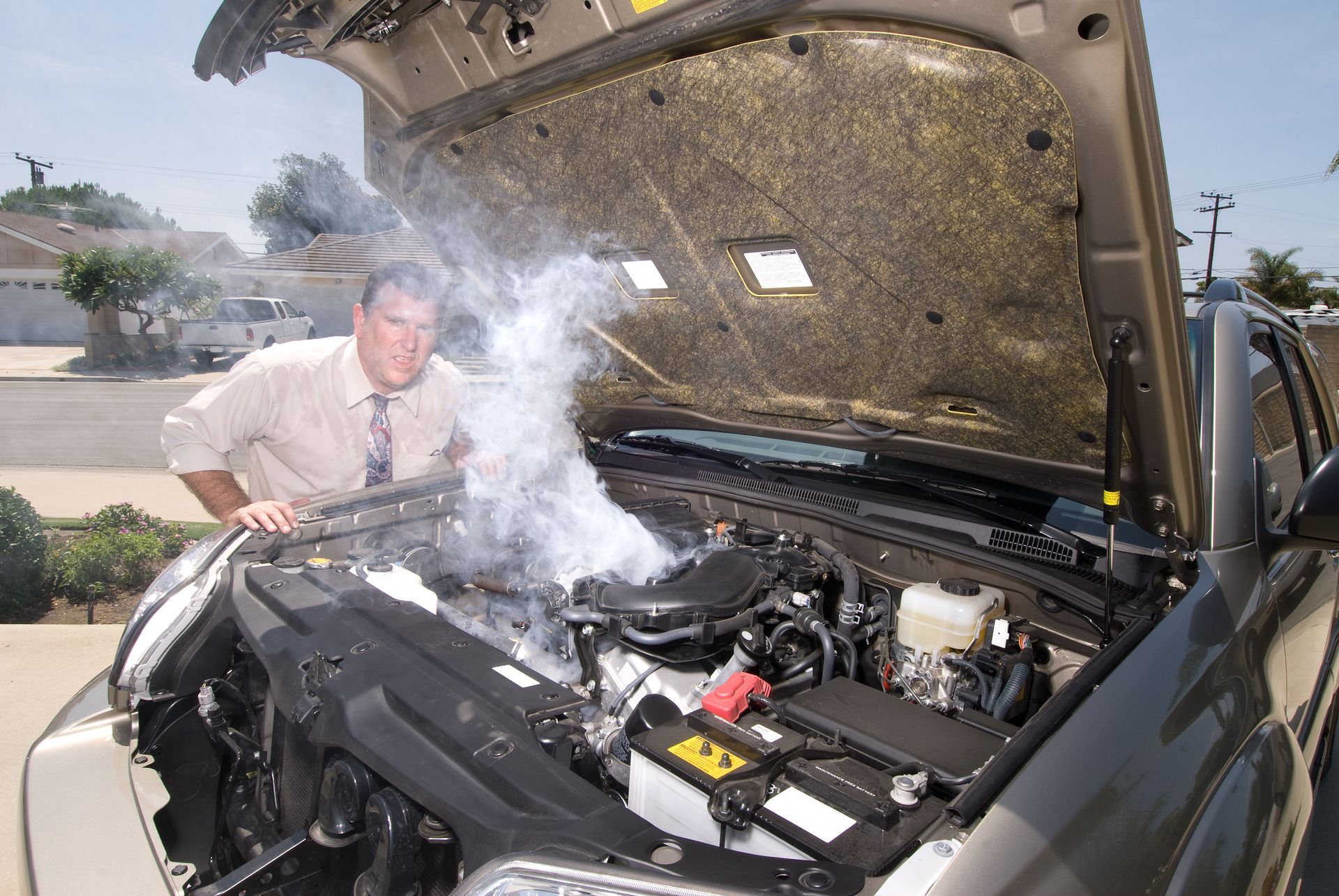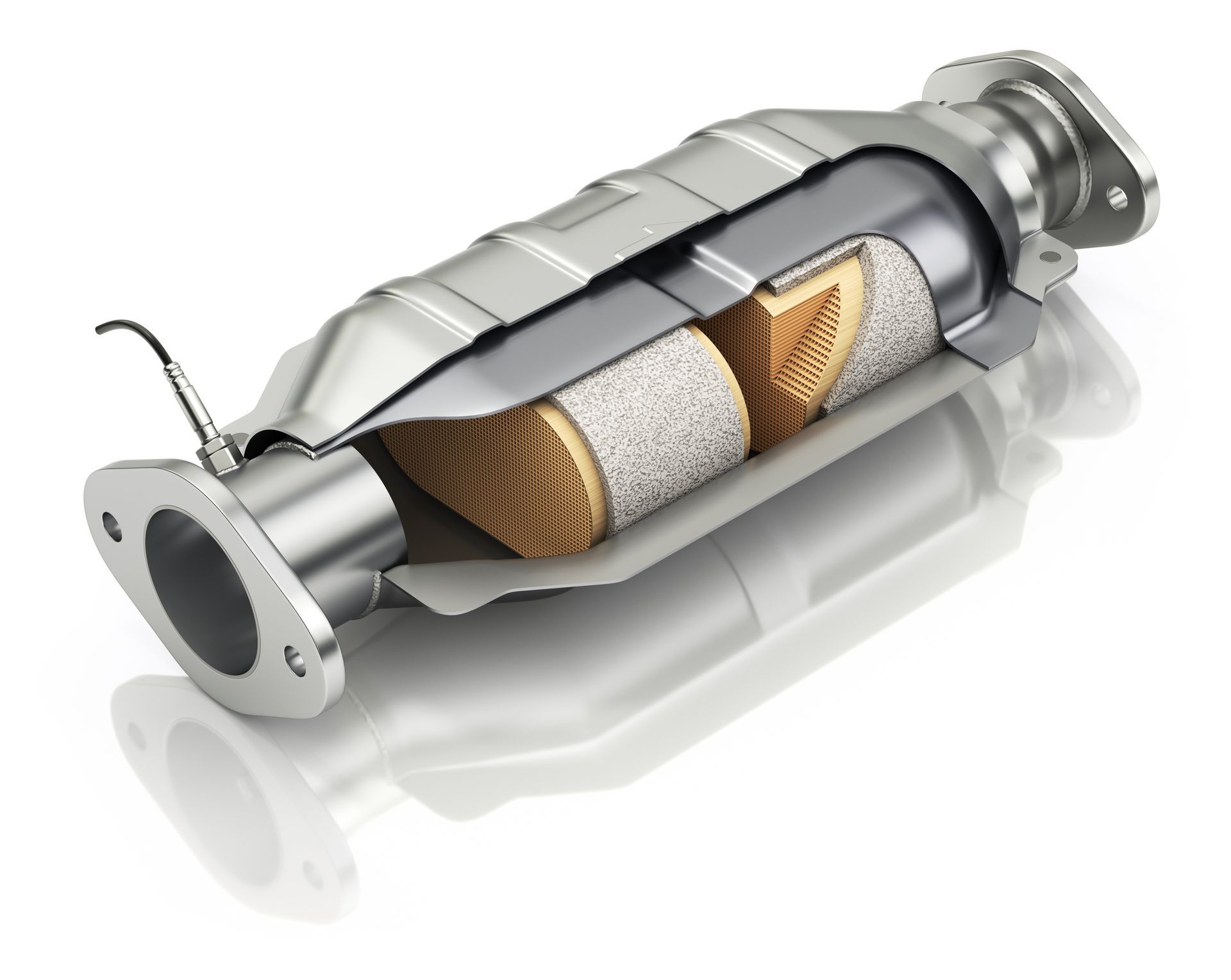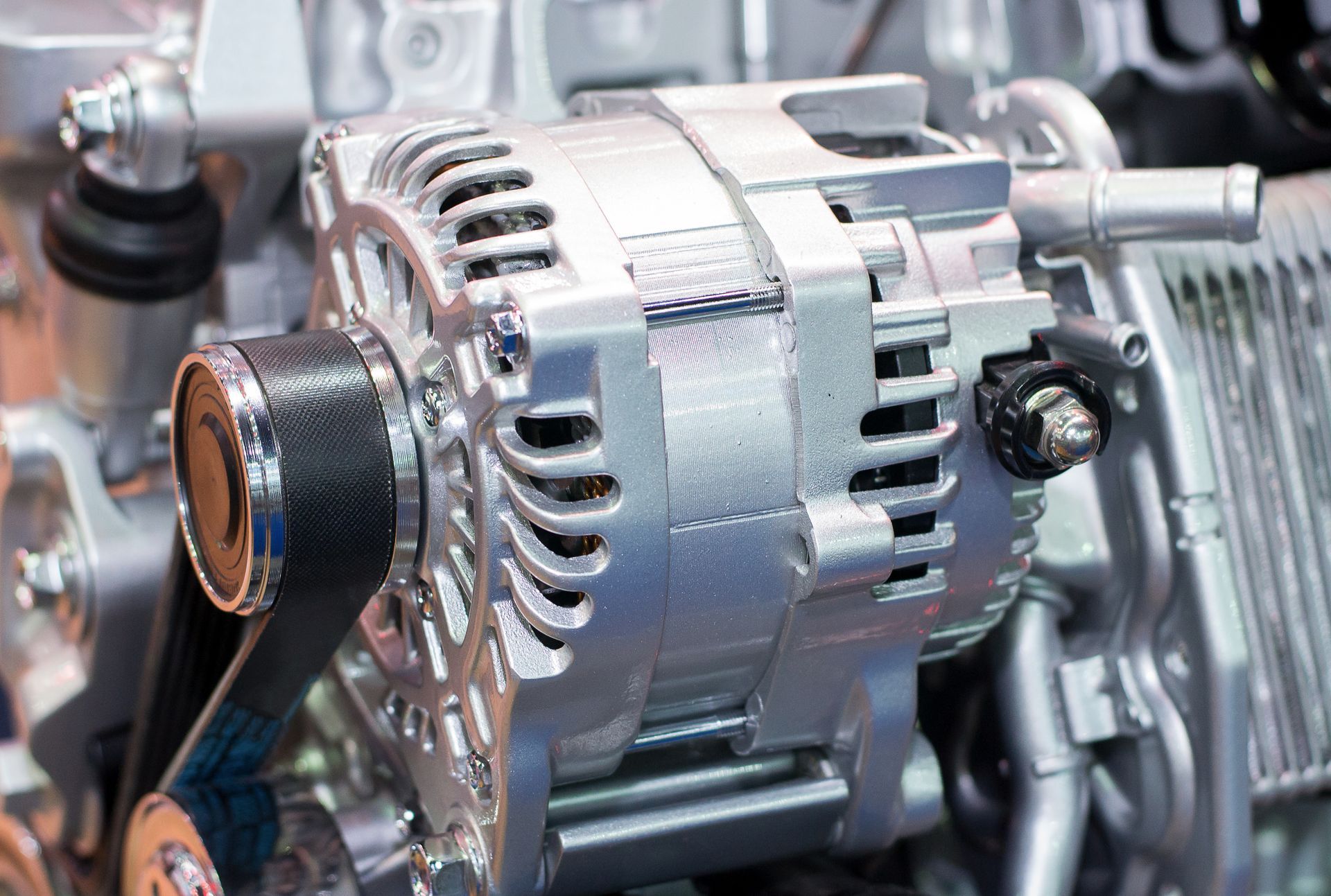If you’ve noticed that your vehicle’s oil level keeps dropping but there are no visible puddles under the car, you might be wondering where the oil is going. Losing oil without a noticeable leak can be confusing and concerning. It often points to internal engine issues that should be addressed quickly to prevent long-term damage.
Oil Consumption vs. Oil Leaks
An oil leak is easy to spot—oil drips onto your driveway or garage floor, often leaving a dark stain. Oil consumption, on the other hand, means the oil is being burned or lost internally, often without any external signs.
While some oil consumption is considered normal for many engines, especially older ones, excessive loss can reduce lubrication, leading to overheating and engine wear.
Common Causes of Oil Loss Without a Leak
Worn Piston Rings
Piston rings seal the gap between the piston and the cylinder wall, keeping combustion gases out of the crankcase and preventing oil from entering the combustion chamber. If they wear out, oil can seep into the chamber and burn off during combustion.
Valve Seal Wear
Valve seals prevent oil from dripping into the combustion chamber from the cylinder head. Over time, these seals can harden or crack, allowing oil to pass through and burn.
PCV System Issues
The Positive Crankcase Ventilation (PCV) system controls pressure inside the engine and routes gases back into the intake to be burned. If the PCV valve is stuck open or clogged, it can allow oil mist to enter the intake and be burned off.
Turbocharger Problems
In turbocharged engines, worn turbo seals can allow oil to pass into the intake or exhaust, where it burns during operation. This often creates blue smoke from the exhaust.
Signs Your Engine Is Burning Oil
- Blue or bluish-gray smoke from the exhaust, especially during acceleration or deceleration.
- Fouled spark plugs from oil deposits.
- Increased oil consumption between oil changes.
- A burning oil smell while driving.
These signs are more noticeable when oil consumption is significant, but mild cases can be harder to detect without regular dipstick checks.
Why It’s Important to Address the Issue
Running low on oil can quickly cause serious engine damage. Without enough lubrication, moving parts grind together, creating heat and friction that can warp components or cause the engine to seize.
If your oil level drops often, topping it up will keep the engine running temporarily, but it doesn’t fix the root cause. Over time, the problem will get worse and more expensive to repair.
Diagnosing the Problem
A professional inspection includes:
- Checking the PCV system for proper operation.
- Performing a compression test to evaluate piston ring condition.
- Conducting a leak-down test to pinpoint internal sealing issues.
- Inspecting valve seals and guides for wear.
- Examining the turbocharger for oil leaks (if equipped).
The goal is to find out where the oil is going and whether it can be fixed with a simple repair or if deeper engine work is needed.
Preventing Excessive Oil Loss
While some causes of oil consumption are related to wear over time, you can reduce the risk by:
- Following regular oil change intervals.
- Using the manufacturer-recommended oil grade.
- Checking oil levels between changes and topping up as needed.
- Addressing early symptoms, such as blue exhaust smoke or high oil usage.
- Catching problems early is the best way to prevent costly repairs later.
Engine Care at PRO-CAT Auto Care & Repair in Toms River, NJ
If your car is losing oil without leaving a leak, don’t ignore it. At PRO-CAT Auto Care & Repair in Toms River, NJ, we can inspect your engine, identify the source of oil consumption, and recommend the right repair.
Schedule your engine check today to protect your vehicle from expensive damage and keep it running smoothly.


